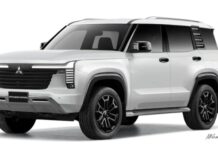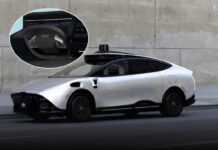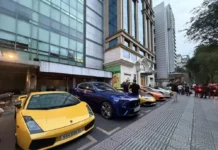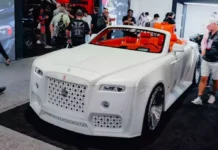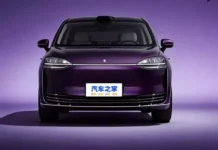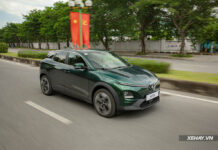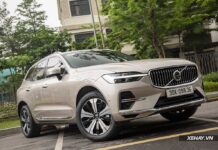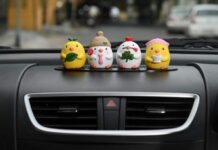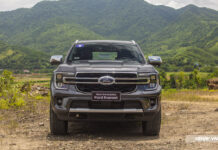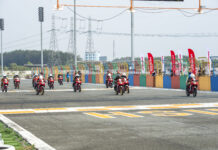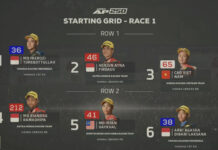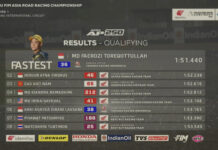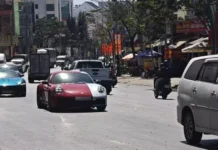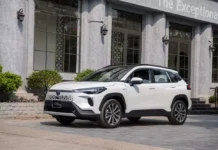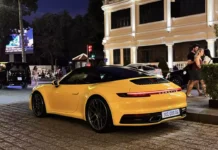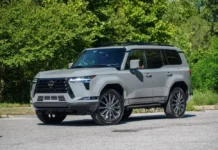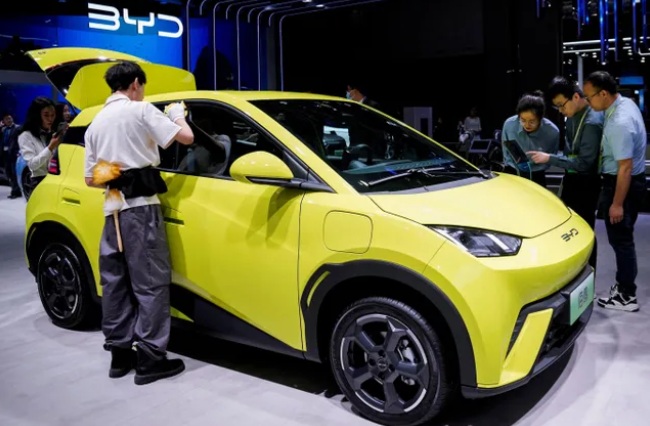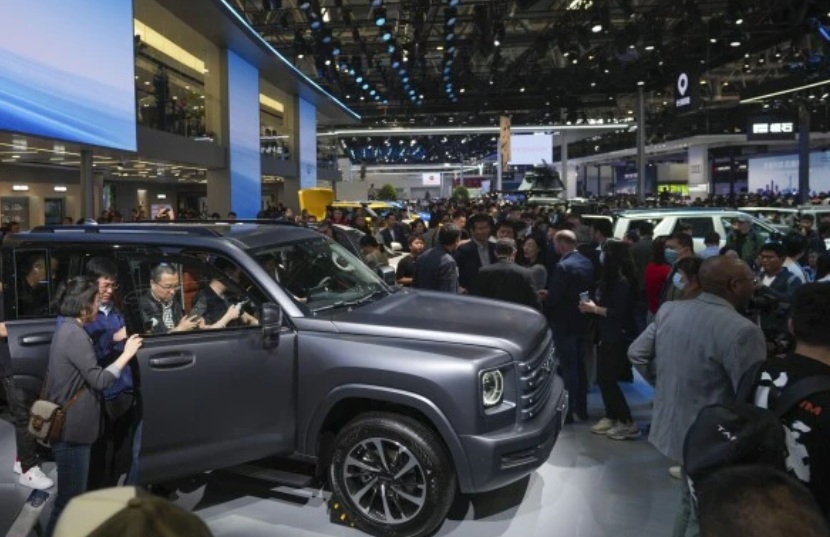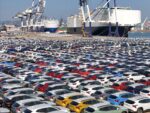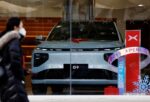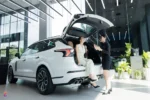China’s massive incentive program, offering subsidies for trading in old cars for electric or fuel-efficient models, has been temporarily halted in several localities due to signs of abuse and fraud.
Despite the program being scheduled to run until the end of 2025, provinces such as Guangdong, Henan, and Zhejiang have temporarily suspended it, according to Dahe Daily and local sources.
This suspension is primarily due to dealers and traders bulk-buying cars, registering them to qualify for subsidies, and then reselling them as “used cars,” even though the vehicles were barely used. This not only strains government budgets but also distorts the original intent of the policy.
In response to these irregularities, the Chinese government has launched a widespread investigation into practices exploiting the policy. The Ministry of Industry and Information Technology, along with two other agencies, summoned 17 major automakers to address the issue of “used but barely operated” vehicles, which are suspected of being used for subsidy fraud.
According to Li Yanwei, a consultant at the China Automobile Dealers Association, many vehicles have been repeatedly transferred within a short period to maximize subsidy benefits, even though they are not serving actual usage needs.
The “trade-in old cars for new ones” program is part of a large-scale consumer stimulus package aimed at boosting purchases in the aftermath of the pandemic’s impact on China’s economy. According to the China Passenger Car Association (CPCA), about 70% of personal car transactions in May 2025 involved the use of these subsidies, a ratio that remained almost unchanged from April.
As of the end of May, over 4.1 million subsidy applications had been submitted, indicating the program’s substantial scale, according to data from China’s Ministry of Commerce.
The temporary suspension in multiple provinces is a cautious move to control budget risks and ensure transparency in implementing public policies. Since May, provinces like Jiangsu and Guangdong have tightened verification processes for used-car transactions. By June, a complete halt was implemented in some areas to review applications and investigate irregular transactions.
This clearly indicates the Chinese government’s challenge in balancing the goals of stimulating domestic consumption and maintaining effective control over public finances. With the automotive industry already facing the repercussions of prolonged price wars, exploited support policies can lead to negative market fluctuations.



